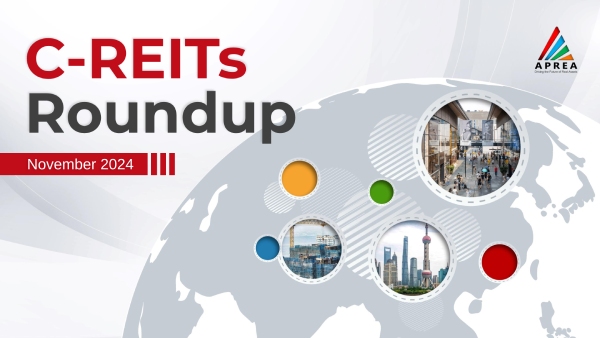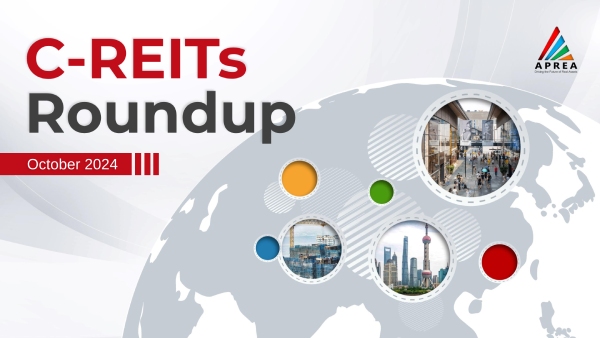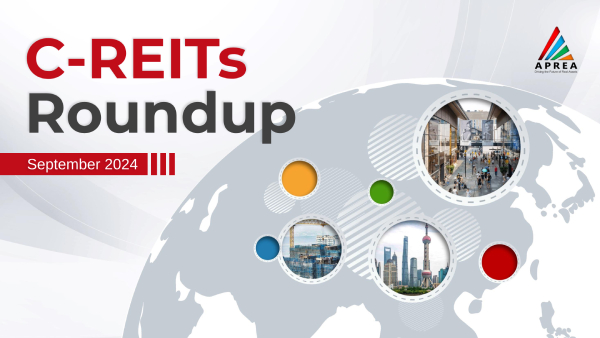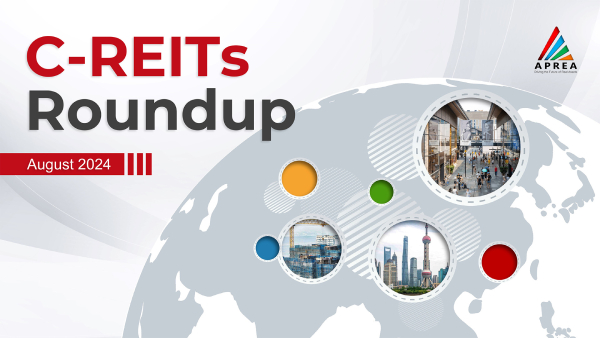
Stay ahead of the curve with APREA's exclusive monthly update tracking the performance of China REITs.
APREA C-REITs Roundup provides the latest info and developments in C-REITs. Available for APREA members only, this important resource is your key to navigating the landscape of C-REITs.
Download the Report Read More
Stay ahead of the curve with APREA's exclusive monthly update tracking the performance of China REITs.
APREA C-REITs Roundup provides the latest info and developments in C-REITs. Available for APREA members only, this important resource is your key to navigating the landscape of C-REITs.
Download the Report Read More
Stay ahead of the curve with APREA's exclusive monthly update tracking the performance of China REITs.
APREA C-REITs Roundup provides the latest info and developments in C-REITs. Available for APREA members only, this important resource is your key to navigating the landscape of C-REITs.
Download the Report Read More
Stay ahead of the curve with APREA's exclusive monthly update tracking the performance of China REITs.
APREA C-REITs Roundup provides the latest info and developments in C-REITs. Available for APREA members only, this important resource is your key to navigating the landscape of C-REITs.
Download the Report (English) Download the Report (Chinese)
Read MoreThis in-depth report offers a comprehensive analysis of the five largest REIT markets in Asia: Japan; Singapore; Hong Kong, China (“Hong Kong”); the Chinese mainland; and India.
Key Highlights: